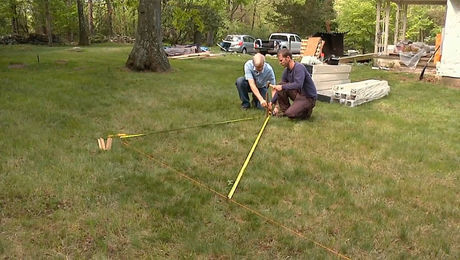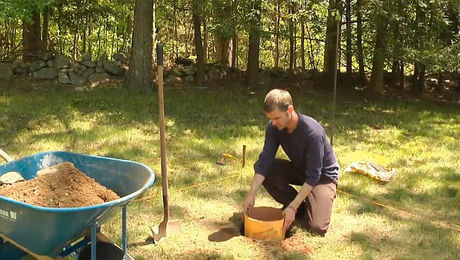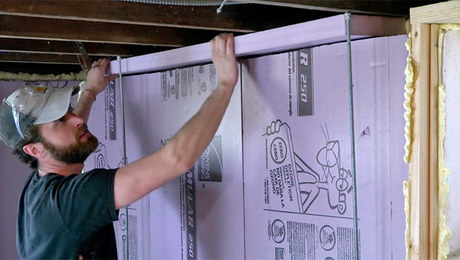Huber Engineered Woods marketing manager Beth Straeten tallks to Justin Fink about the demands the market put on the popular zip-system sheathing, and how Huber’s new radiant-barrier sheathing is just what warm-climate builders are looking for.
Plus, watch more features from IBS 2014.



























View Comments
I don't know what happened, but most insulation no longer comes with a reflective barrier. A few decades back, it was very common to find rolls with the barrier. I presume it was discontinued to save a buck.
For my shop, I went out to a restaurant supply and bought the commercial rolls of aluminum. One roll covers most of a 20' x 20' area.
When I install it, I leave an air gap of about 1/2" between the foil and the outer wall. This stops conductivity otherwise resulting from contact and which would greatly reduce efficiency.
For the actual installation, I cut out strips of cardboard from old boxes. This helps keep the foil from tearing at the staples.
Before installation, the underside of my roof felt like an infra red heater. Once installed, there was a notable difference in the temperature of everything below the roof.
So, yes, this works.
Radiant barrier sheathing, foils and sprays were the rage in the South years ago. Not today; they don't work from an energy standpoint, some believe there is a slight comfort perception. Today it's spray foam and sealed attics, a method that does work and clearly saves money with a relatively short amortization period. If not foam, then well ventilated attics and plenty of air sealing and insulation. Not really any different from the North.
Martin Holliday from Green Building Advisor has a pretty good blog on the subject, which you can read here:
http://www.greenbuildingadvisor.com/blogs/dept/musings/radiant-barriers-solution-search-problem
Now I'm confused, rjparker indicates reflective barriers are snake oil, but the blog site ChuckB recommends (page quoted below) backs what I did in the attic of my garage.
That said, it appears the site Chuck directed us to indicates, as does rj, religious insulation and sealing makes radiant barriers snake oil, but open spaces, like my roof, or even poorly insulated (e.g., 3-1/2" walls with the usual air gaps associated with glass) would still produce results. If I understand correctly.
(http://www.greenbuildingadvisor.com/blogs/dept/musings/radiant-barriers-solution-search-problem)
Since I can't edit, I'll add a comment:
Thanks to both rj and Chuck. This kind of information was VERY difficult to find even six years ago. I did a LOT of digging, but information was sketchy.
It appears the nicest thing I could do is what the locals do in their huge shops and that's spray in.
Too, until I learn more, I presume closed cell would be best for that.
Not talked about is the sound advantage of a well sealed home. If you stop air movement, you stop most sound.
For example, I stood next to a window installed by a Prosser, Washington, "handyman" and I can hear conversations on the other side, clearly. The same installation with quality flashing and non-expanding foam makes the same window nearly sound proof.
I've stood in a kitchen with open walls and no insulation (you could see the Tyvek) and didn't know there was a wind storm raging outside.